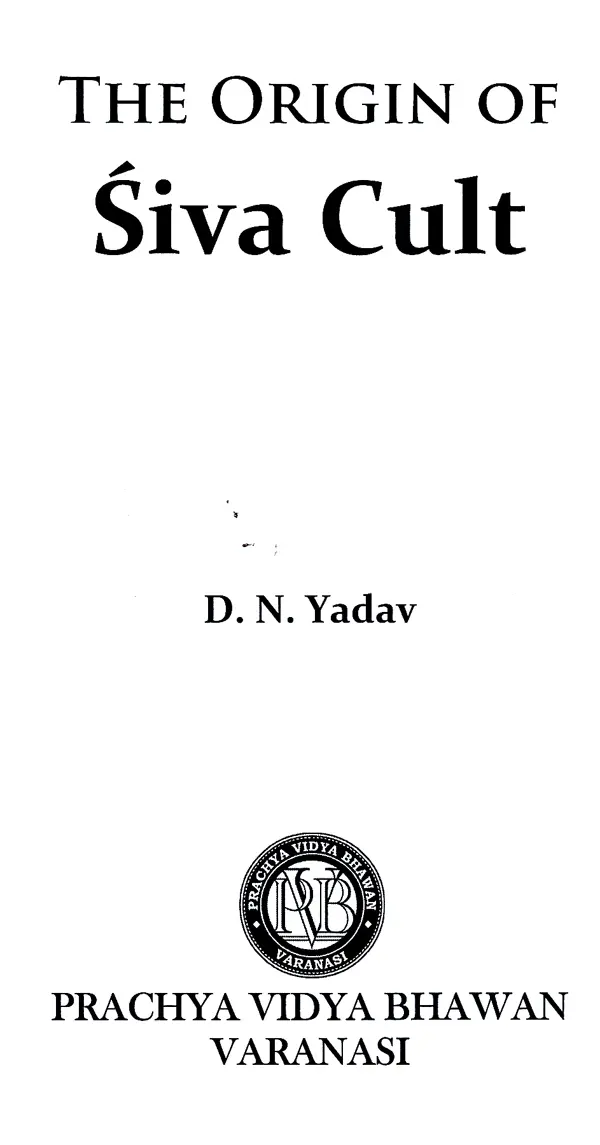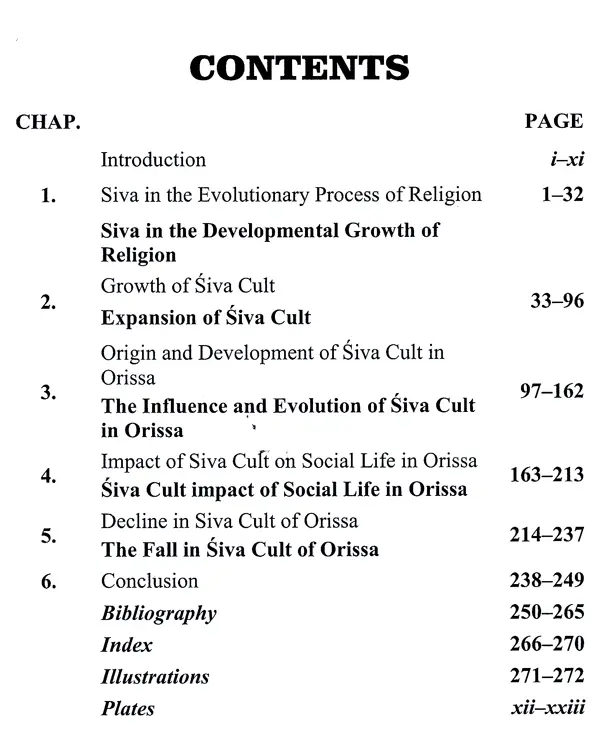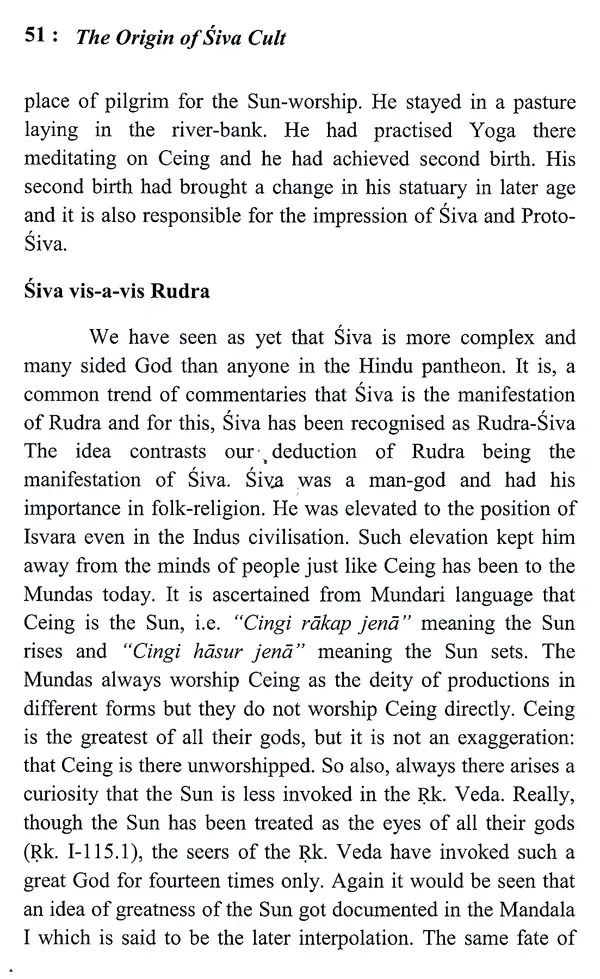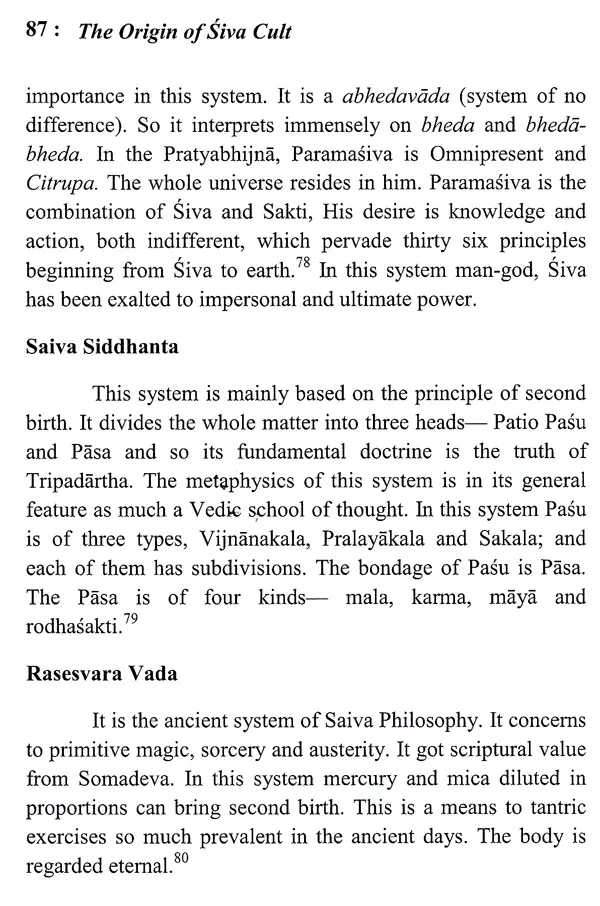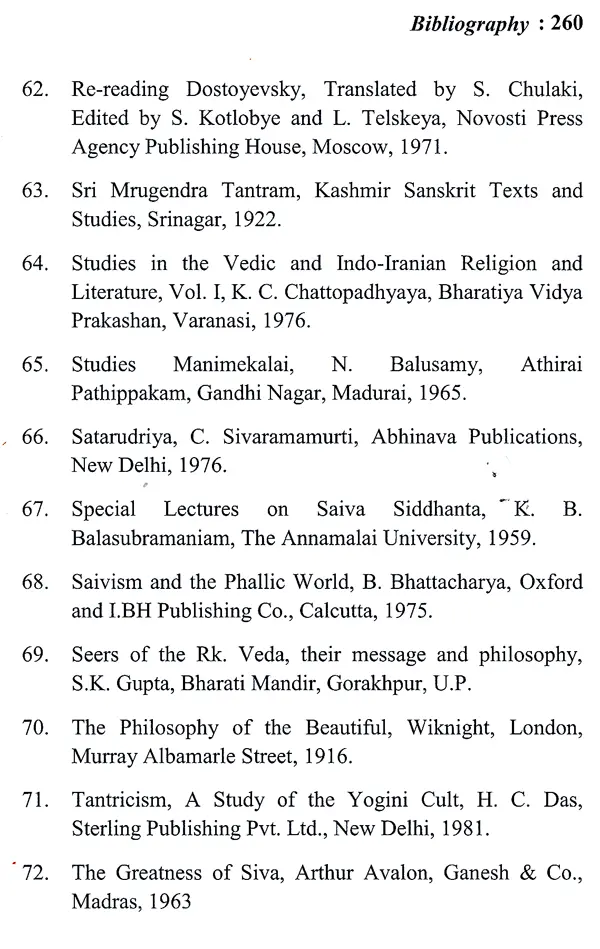
The Origin of Siva Cult
Book Specification
| Item Code: | UAM983 |
| Author: | D. N. Yadav |
| Publisher: | Prachya Vidya Bhawan, Varanasi |
| Language: | English |
| Edition: | 2020 |
| ISBN: | 9789387306165 |
| Pages: | 300 |
| Cover: | HARDCOVER |
| Other Details | 8.90 X 5.90 inch |
| Weight | 510 gm |
Book Description
Primarily, Orissa was a Nisada habited land. Now the Nisadas are known as the Sabaras. These two terms signify aborigines, in general, like Adivasi rather than any particular tribe with separate group entity. In the Satarudriya litany, accompanying the offerings appropriate to Rudra ill his hundred aspects or names, reverence is shown, among others, to them. Association of Siva with Sabaras or Nisadas goes back to the period round about beginning of first millennium B.C. So we give importance on names and folk-lore which definitely have some testimonies of cultural strands. In Vedic literature, Sanskrit literature and Oriya vernacular names or titles have not been created as mere label to distinguish one from the other rather these seem to have been selected as Vehicles of cultural significance.
Father Name: Lt. Ayodhya Yadav
Date of Birth: 15/01/1960
Birth Place: Gangouli (Samastipur)
Present Occupation: Ex-Director (Mithila Institute of Post Graduate Studies)
Education: D.Lit, Ph.D.
Research: 6 Ph.D. & 2D.Lit
Interest: Research & Studies
Primarily, Orissa was a Nisada habited land. Now the Nisadas are known as the Sabaras. These two terms signify aborigines in general, like Adivasi rather than any particular tribe with separate group entity. In the Satarudriya litany, accompanying the offerings appropriate to Rudra ill hishundred aspects or names, reverence is shown, among others, to them. Association of Siva with Sabaras or Nisadas goes back' to the period round about beginning of first millennium B.C. So we give importance on names and folk-lore which definitely have some testimonies of cultural strands. In Vedic literature, Sanskrit literature and Oriya vernacular names or titles have not been created as mere label to distinguish one from the other rather these seem to have been selected as Vehicles of cultural significances.
In this point of view we have, as necessary, taken up names; ie, Śiva, Rudra, Indra, Bhaga, Amba, Durga, Kali, Dirghatamas, Ganadanda Virabhadra, Rudrasudhanidhi Abhinava Caitanya, Narayanananda (personal names), Odra, Kalinga (place names), Kanakaprabha, Vasantatilaka (metres) and Odaparva, Dandayatra (festivals) to probe into the Cult. Besides, we have given adequate attention on folk-festivals, folk-ceremonies, folk-art and myths to trace out their sources of origin. They may speak about their antiquity preceding 4th century A.D. as historians calculated. Like dynastic and archacological history, there is history of guardian deities in the out skirts of villages constituting the Rajya of Orissa and also there is history of social behaviour of people habitating in the land. So the real history of Orissa, though hypothetical, is phallic rather than Saivite. Here Siva includes Sakti in him and sometimes, Sakti includes Siva in her. Though they are equal entities, one cannot be thought of leaving the other one completely. They symbolise patriarchy and matriarchy of sociological stages. In this background we call Siva Cult a federal religious system. Śiva Cult includes Sakti Cult and again, it has greatly been motivated by the Vajrayana justifying its federal character. We have analysed our work in five Chapters.
**Contents and Sample Pages**
